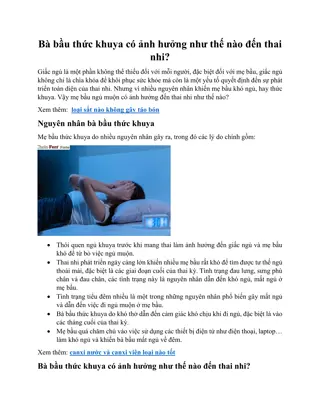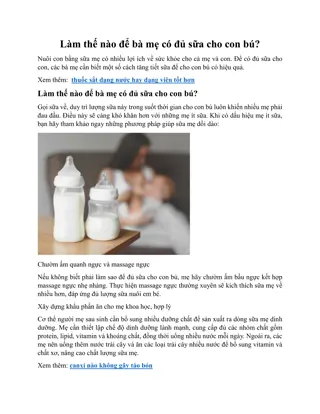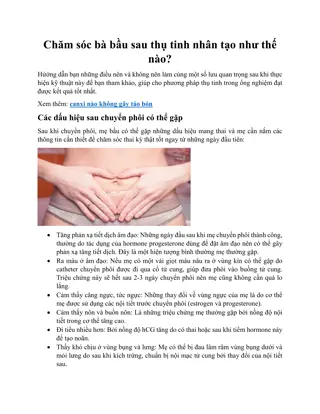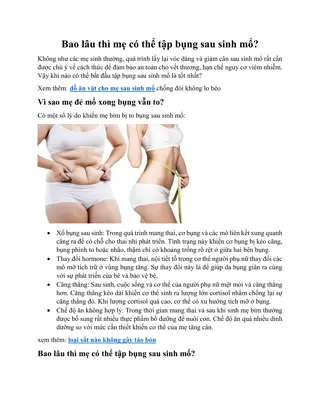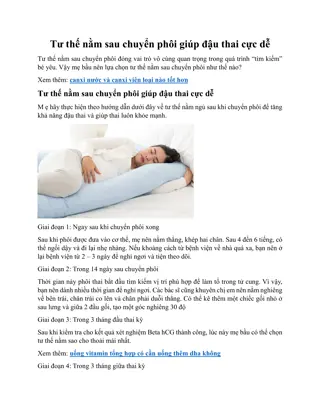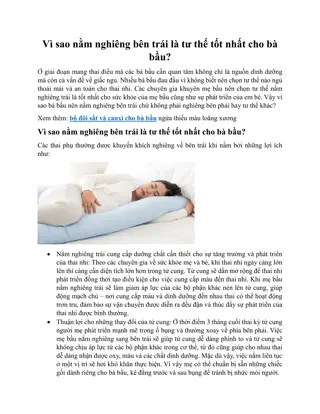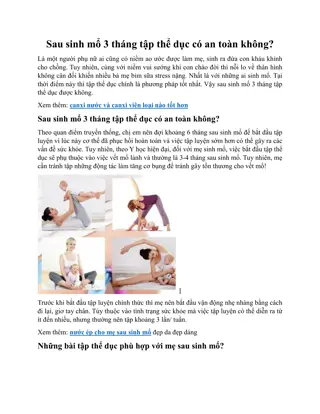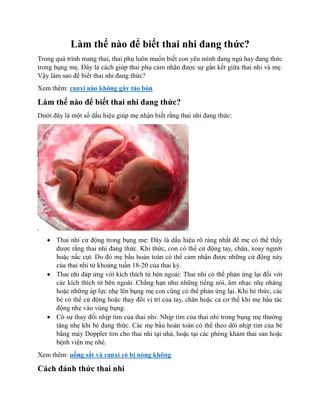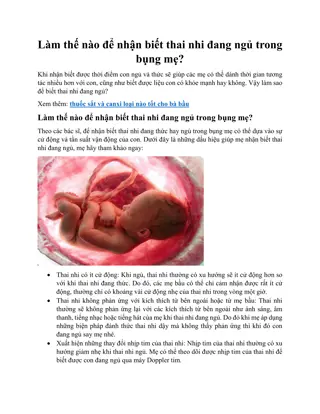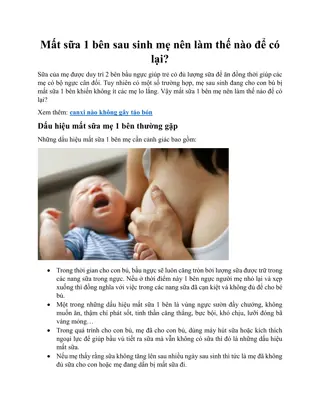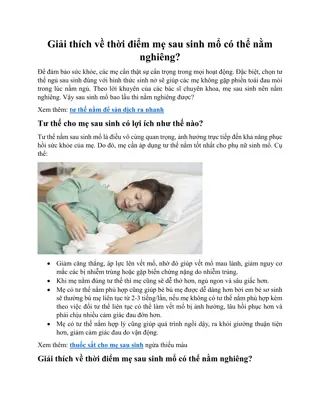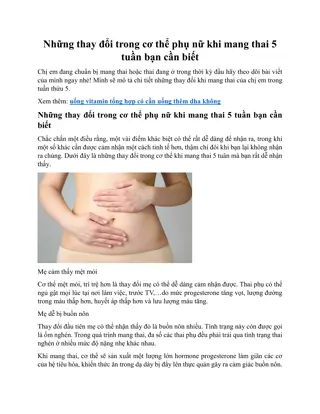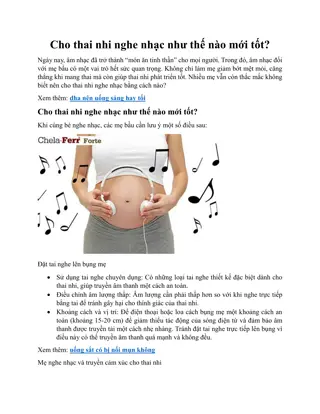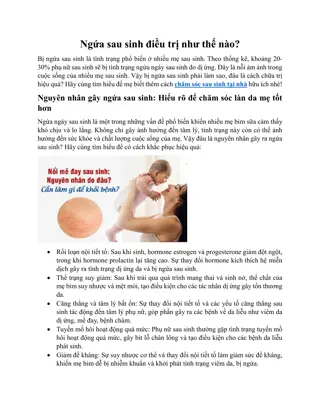Understanding the Essence of Research: A Comprehensive Overview
Research is a systematic pursuit of new knowledge, aiming to unveil hidden truths through data collection and analysis. This course outline delves into the fundamentals of research, covering topics such as types of research studies, importance of research, and distinctions between pure and applied research. It emphasizes the significance of formulating research questions, selecting topics, and addressing limitations. The content explores the goals of research, such as description, explanation, generalization, and prediction, highlighting its role in expanding knowledge and fostering innovation in educational settings.
Download Presentation

Please find below an Image/Link to download the presentation.
The content on the website is provided AS IS for your information and personal use only. It may not be sold, licensed, or shared on other websites without obtaining consent from the author. Download presentation by click this link. If you encounter any issues during the download, it is possible that the publisher has removed the file from their server.
E N D
Presentation Transcript
Prepared By: Dr. Shafie Sharif Mohamed SRA Managing Director admin@sra.so
Course Outline What is Research? Research Quest. & Objectives Importance of Research Hypothesis Pure, Applied, Action, & Evaluation Research Dependent & independent variables Topic Selection Tips Significance of the study Limitation of the study Title Selection Tips Background & Introduction Summary Problem Statement
What is Research? Research is the systematic approach to obtaining and confirming new and reliable knowledge Research is a disciplined attempt to address questions or solve problems through the collection and analysis of primary data for the purpose of description, explanation, generalization and prediction (Anderson 1998, p 6) The main aim of research is to find out the truth which is hidden and which has not been discovered as yet. What, how and why things occur Are there interactions?
Type of Research study To gain familiarity with a phenomenon or to achieve new insights into it (Exploratory research studies) To describe accurately the characteristics of a particular individual, (Descriptive research studies) To determine the frequency with which something occurs or with which it is associated with something else (Diagnostic research studies) To test a hypothesis of a causal relationship between variables (Hypothesis-testing research studies). situation or a group
Importance of Research Addresses gaps in knowledge Expands knowledge Educators gain new ideas Educators gain new insight into methods Educators gain new insight into students The possible motives for doing research may be either: Desire to get a research degree (PhDs, Masters and Bachelors) Desire to service to the society
Pure and Applied Research Pure research, is conducted without a particular goal in mind. Pure research is driven by interest and is more exploratory in nature than applied research. The main purpose of pure research is to advance knowledge. Findings of a pure research usually have a future use, are not just meant for use in current time. Pure research is self-exploratory in nature.
Applied Research Applied research, is conducted in order to solve a specific and practical problem. For that reason, it tends to be descriptive in nature. Applied research is conducted with a certain goal in mind. The main goal of applied studies is to solve a specific problem related to real life. Findings of applied research are always focused on the problems at hand, rather than the ones that can rise in future
Applied Research Examples How to reverse or manage global warming How can cyber security be improved? How does immigration affect the economy? Is technology use for children helpful or harmful? Is violence in the media and in video games damaging children s mental health? How does the consumption of Khad in Somalia affect its economy? What type of anti-smoking campaigns can reduce smoking among youth or adults?
WHERE DO I GET MY RESEARCH TOPIC? To choose a topic, you should first begin by thinking about the theme. Possible sources include: Existing literature. Social concerns. Your tutors. future research recommendations Interests- what would you like to learn more about? Personal experiences
Narrow a broad topic : A topic will be very difficult to research if it is too broad. One way to narrow a broad topic such is to limit your topic. Some common ways to limit a topic are: by geographical area by culture by time frame: by discipline by population group
EXAMPLES OF BROAD TOPICS NARROWED AND FOCUSED BROAD TOPIC: Women's Health NARROWED TOPIC: Women and Cancer FOCUSED TOPIC: Women Smokers and Breast Cancer BROAD TOPIC: Computer Games NARROWED TOPIC: Computer Game Violence FOCUSED TOPIC: Computer Game Violence and Children
Research Title Research title is the first part of your research proposal that is seen by the relevant R&D committees. A good title predicts the content of the research paper. Rarely use abbreviations unless they are commonly known Identify key variables, both dependent and independent Is limited to 5 to 12 words Use words that create a positive impression and stimulate reader interest
Introduction You are attempting to inform the reader about the rationale behind the work, and to justify why your work is essential in the field. You must provide your readers with a little background or basic information about the topic you are covering. Start with the broader subject and lead your readers to your specific topic. Show them how your topic relates to the bigger picture. The introduction does not have a strict word limit, unlike the abstract, but it should be as concise as possible.
Research Problem Identification The purpose of a problem statement is to introduce the reader to the importance of the topic being studied. Part A (The ideal): Describes a desired goal or ideal situation; explains how things should be. Part B (The reality): Describes a condition that prevents the goal, state, or value in Part A from being achieved or realized at this time. Part C (The consequences): Identifies the way you propose to improve the current situation and move it closer to the goal or ideal 14
Step 1 (Statement 1) The government of Kenya has a goal to industrialize the nation by the year 2030 (quote). In this regard it has encouraged growth-oriented micro and small enterprises (MSEs) that should graduate into medium and large enterprises capable of contributing to the industrialization goal. There are several sessional papers (quote/cite) that contain specific measures to encourage and support MSEs.
Step 2 Despite the said government efforts, there is slow growth of micro into small enterprises and even slower growth of small into medium scale enterprises (quote, show statistics). The government has officially acknowledged that there exists a missingmiddle in Kenya meaning that there is a gap between small and large enterprises in the country (cite, quote).
Step 3 Should the missingmiddle gap persist, the industrialization goal may be difficult to achieve. A need therefore arises to investigate why there is a persistent missingmiddle despite government efforts.
Objectives of Research In general, research objectives describe what we expect to achieve by a project. Research objectives should be closely related to the statement of the problem and summarize what you hope will be achieved by the study. The research objectives drive all aspects of the methodology, including instrument design, data collection, analysis, and ultimately the recommendations.
Objectives of Research Objectives can be general or specific. The general objective of your study states what you expect to achieve in general terms. Specific objectives break down the general objective into smaller, logically connected. Objectives are usually headed by infinitive verbs such as: To establish To describe To identify To determine To develop To estimate To analyze To compare To collect
Paraphrasing research questions as research objectives Research Question Research Objective Why have organizations introduced early retirement ? objectives for introducing To identify organization s retirement schemes. What are the consequences of early retirement schemes ? Early retirement for employees. To describe the consequences of
HYPOTHESES The hypothesis states the researchers expectations concerning the relationship between the variables in the research problems. Hypothesis states what the researcher thinks the outcome of the study will be. Hypotheses ensure collection of the evidence necessary to answer the question posed in the statement of the problem Statistical hypotheses consist of the null hypotheses (H0) and the alternative hypothesis (H1) Researchers usually base their conclusions on the results of the tests of their hypotheses.
Characteristics of a Hypothesis States a relationship between two or more variables Is stated affirmatively (not as a question) Can be tested with empirical evidence Most useful when it makes a comparison States how multiple variables are related Theory or underlying logic of the relationship makes sense
Significance of the study Significance of the study provides information to the reader on how the study will contribute. Your problem statement can guide you in identifying the specific contribution of your study. You can do this by observing a one-to-one correspondence between the statement of the problem and the significance of the study. Write the significance of the study by looking into the general contribution of your study, such as its importance to society as a whole, then proceed downwards.
Limitation and Delimitations of the study The limitations and delimitations sections of your research proposal describe situations and circumstances that may affect or restrict your methods and analysis of research data. Limitations are influences that the researcher cannot control. Delimitations aim to narrow the scope of a study. For example, the scope may focus on specific variables, specific participants, specific sites,
Limitations Since . Is beyond the scope of this study It is not the purpose of this study to but rather to I will not attempt here to .. Rather than focus upon my intention is I do not attempt to describe or compare .instead, I seek to Only the data from are considered here
Dependent & independent variables Variable is a factor whose change or difference you study Researchers choose their variables on the basis of their interests and their ideas about what would be especially important to investigate. Poorly chosen variable s yield useless results. A variable may be independent in one part of the study and dependent in other part.
Cause Is related to + Amount of Study Academic Performance _ Parties attended Academic Performance
A concept is independent in one case does not mean that it should always be treated as independent for example Amount of Study Academic Performance Intention to go to university Academic Performance Study Academic Performance Intention to go to university Party going
Chapter Summary Summary, is intended to be read quickly and easily by an audience that is not necessary expert on the topic. Remember: Do not rewrite the original piece. Keep your summary short. Use your own wording. Refer to the central and main ideas of the original piece. Read with who, what, when, where, why and how questions in mind. Do not put in your opinion of the issue or topic discussed in the original piece.
VISIT Somali Researchers Association Website WWW.SRA.SO














